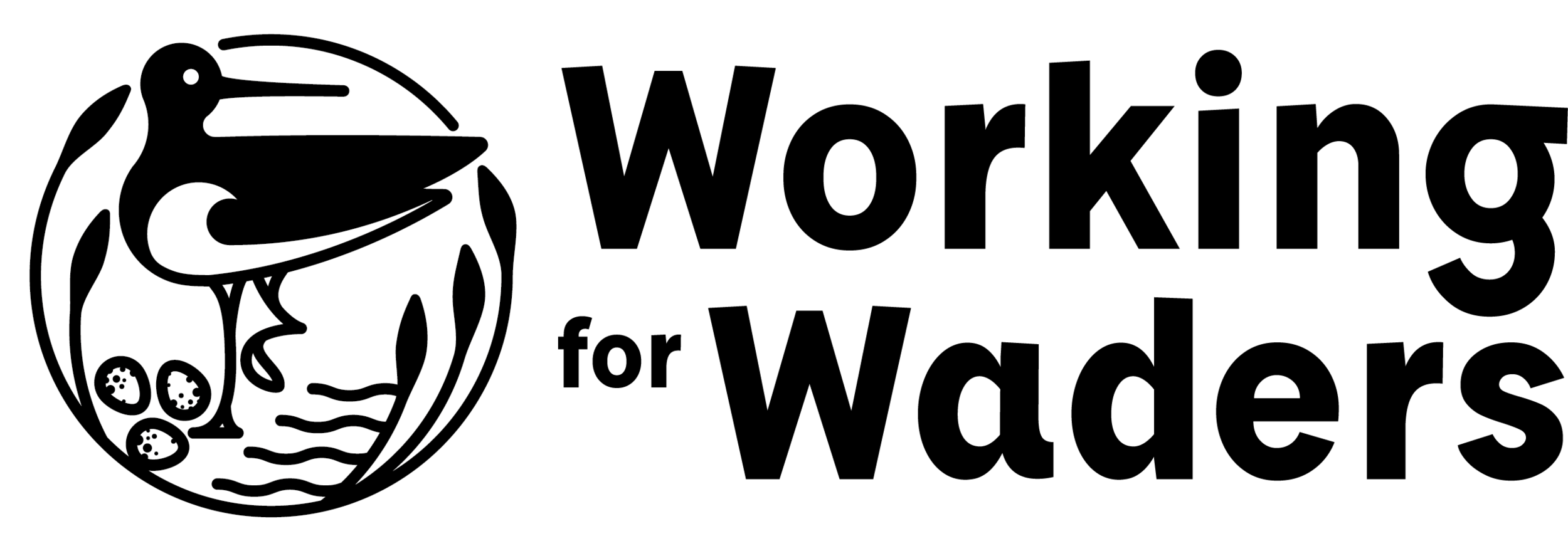Thrumster Wader Project Update
Kids at Thrumster Primary School prepare to visit wader habitats in Caithness (pic Eswyl Fell)
Working for Waders has supported a number of different wader projects across Scotland over the last year - we caught up with Norrie Russell who has been running the Thrumster Wader Project in Caithness.
Q/ Norrie, what has been going on at Thrumster?
A/ So far this year we’ve been conducting surveys for waders on additional farms bringing the total covered to 2,300ha in Caithness, working with around forty local farmers, crofters and land managers to get an accurate picture of where wading birds are breeding. Although Caithness and East Sutherland generally still has good wader populations, these populations are becoming increasingly fragmented and even this hotspot around Thrumster appears to have undergone decline in breeding densities of some species since the relatively recent 2007-11 BTO survey. So it’s important to get a clear understanding of how things look on the ground.
Q/ Are there any birds which you’re particularly worried about?
A/ Lapwing have seen the most worrying declines in the Caithness Wader & Wildlife Initiative area and they have been a particular focus for the Initiative partners. Curlews are a focus of our work at Thrumster, not only because they’re a national priority species but also because many of the actions which conserve and protect curlews can be incorporated with those beneficial to other wading birds.
Q/ How has the survey work translated into conservation action?
A/ We are now using the survey results, engaging with crofters and farmers, providing advice and support for work which will help to boost wader breeding habitats. Most of this will be paid for through the Agri-Environment schemes, and we’re keen to get people working together across multiple holdings to maximize the benefit of wader-friendly options. Although there are uncertainties around the future of AECS, a beefed up version is the only realistic way we have to deliver change at the required scale, and it works best when everybody buys in and works together.
Q/ Who else has been involved?
A/ We’re working across the whole community, and we’re lucky to have Thrumster Primary School in the middle of our project area. The kids are really keen on the natural environment, and it’s great to give them a conservation issue which is relavant to their day-to-day lives; many of them come from crofting and farming families. We took the whole school of kids on a farmland walk during the summer to show them their local waders and get them engaged with the project - it was great to see young people getting excited about conservation!
Q/ Aside from supporting the project financially, how has Working for Waders helped?
A/ I was at a Working for Waders meeting last year, and it was great to find a room of people all tuned in and talking about wading birds. The real benefit was building contacts with other people working on similar projects in different parts of the country – it’s really inspiring to hear the work other people are doing; you can’t underestimate the value of networking like that.
Q/ What would you like to see Working for Waders do next?
A/ The current wader mapping project is really essential, and I’m excited to see what comes out of it. This should help identify important areas for waders in Scotland, and this can go on to inform land use planning at a national level, making sure that we make the right decisions for birds in the right places. I spent over 20 years of my working life managing the bog restoration work at the Forsinard Flows reserve and repairing the damage of badly designed land management funding in the 70’s. I’d like to hope that by getting this work done soon we can ensure that public funding can be targeted much more accurately to tackle climate change whilst also improving biodiversity like our wonderful waders.

